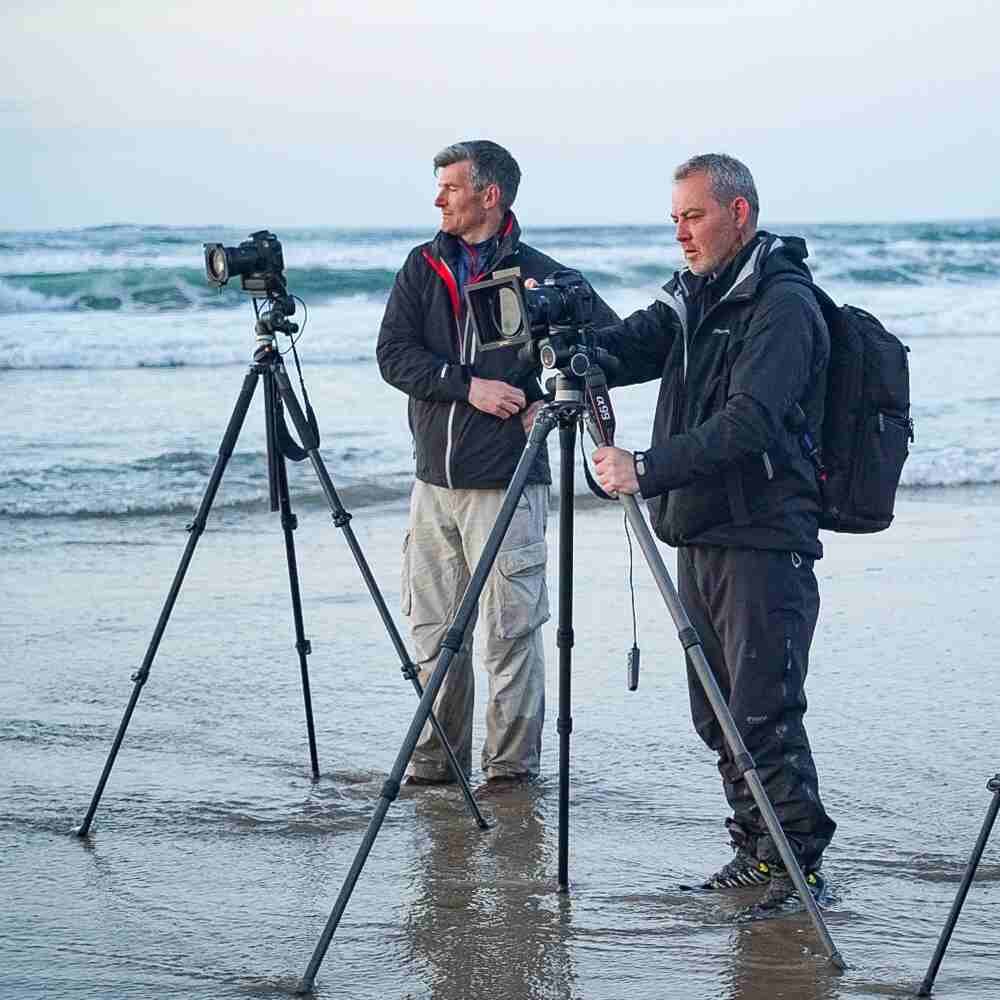Composition Techniques
Effective composition is vital in minimalist photography. Understanding the composition photography definition and the definition of composition in photography is essential for creating compelling minimalist images. Key techniques include:
Rule of thirds: Divide the frame into a grid of three horizontal and three vertical lines, placing the subject at the intersections for a balanced composition.
Leading lines: Incorporate simple lines and geometric shapes to guide the viewer's eye and create a sense of movement within the image. Understanding the line photography definition is crucial for creating compelling minimalist compositions.
Symmetry and patterns: Utilise symmetrical compositions or repeating patterns to create visually appealing minimalist images. This can be particularly effective in minimalist architecture photography, where the repetition of architectural details can create striking visual effects.
Negative space: Employ negative space strategically to create a sense of calmness, balance, and breathing room within the composition.
Use of Colour and Contrast
Colour and contrast play significant roles in minimalist photography:
Limited colour palette: Use a restricted colour palette to create a cohesive and simple visual experience. This can involve monochromatic colour schemes or complementary colours.
Black and white: Converting images to black and white can eliminate distractions caused by jarring colours and emphasise form and composition.
Bold colours: When using colour, ensure it serves a purpose and adds meaning to the image without overwhelming the subject. Bold colours can be used sparingly to create visual impact and draw the viewer's attention.
Contrast: Utilise contrast effectively to make the subject stand out. This can be achieved through differences in colour, tone, or texture between the subject and its surroundings.
By mastering these essential elements, photographers can create powerful minimalist images that resonate with viewers and embody the minimalist aesthetic. The key lies in simplifying the composition, isolating the subject, and using colour and contrast purposefully to create visually striking and emotionally evocative photographs.
Capturing Minimalist Images
To create captivating minimalist photographs, photographers need to consider several key aspects, including equipment selection, camera settings, and location choices. By mastering these elements, one can produce visually striking compositions that embody the minimalist aesthetic, whether they are interested in minimalist architecture photography, product photography, food photography, or portrait minimalism.
Minimal Photography Examples
Coincidently whilst planning this article I was asked to judge a PhotoCrowd Competition on Minimalist Landscapes. With almost 5,000 entries it was a interesting to see just how people interpret minimalist photos for submission.
I had to pause and think about what was my criteria for judging minimalist landscape photography before starting the judging process. I came up with a broad list of bullets that I personally felt would best fit my definition of a minimalist photo.
My Personal Criteria for what is Minimalist Photography Is?
Minimal colour palette or complementary colours
Minimal Texture changes so as not to distract the eye
Minimum scale of subject - make is small in the composition and framing
Maximum space around the subject (Negative space) - say 70%-90% space and environment
The use of lines and shapes, directional lines, repeating patterns or elements
Strong focal point and simplicity in the minimalist pictures
Storytelling - how do the subject, space and environment come together to tell a photographic story
These were my selections: They are a mix of minimalist black and white photography (black and white is often a good technique for simplifying a scene with contrasting colour). Landscape minimalist photography and a good set of references for anyone wanting minimalist photography ideas.
The PhotoCrowd competition had three levels of experience based on photographers past competition results.































